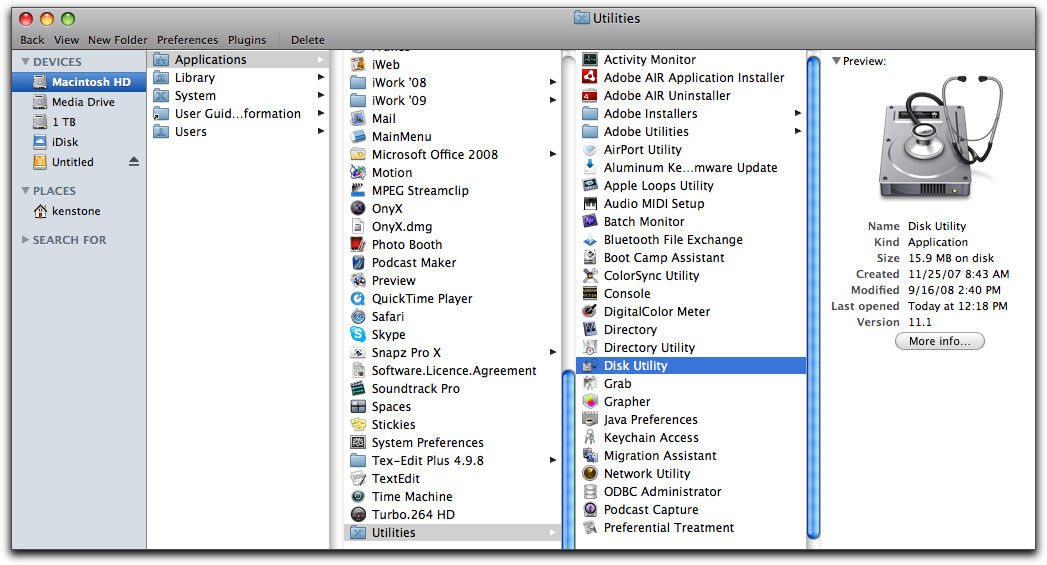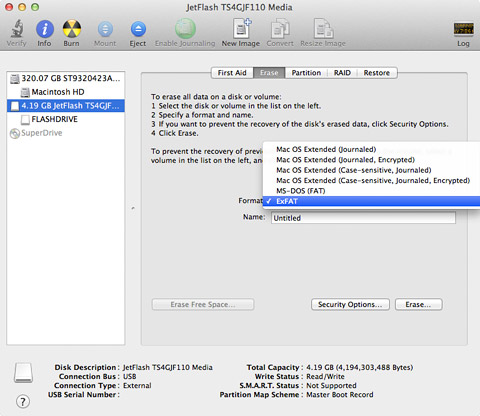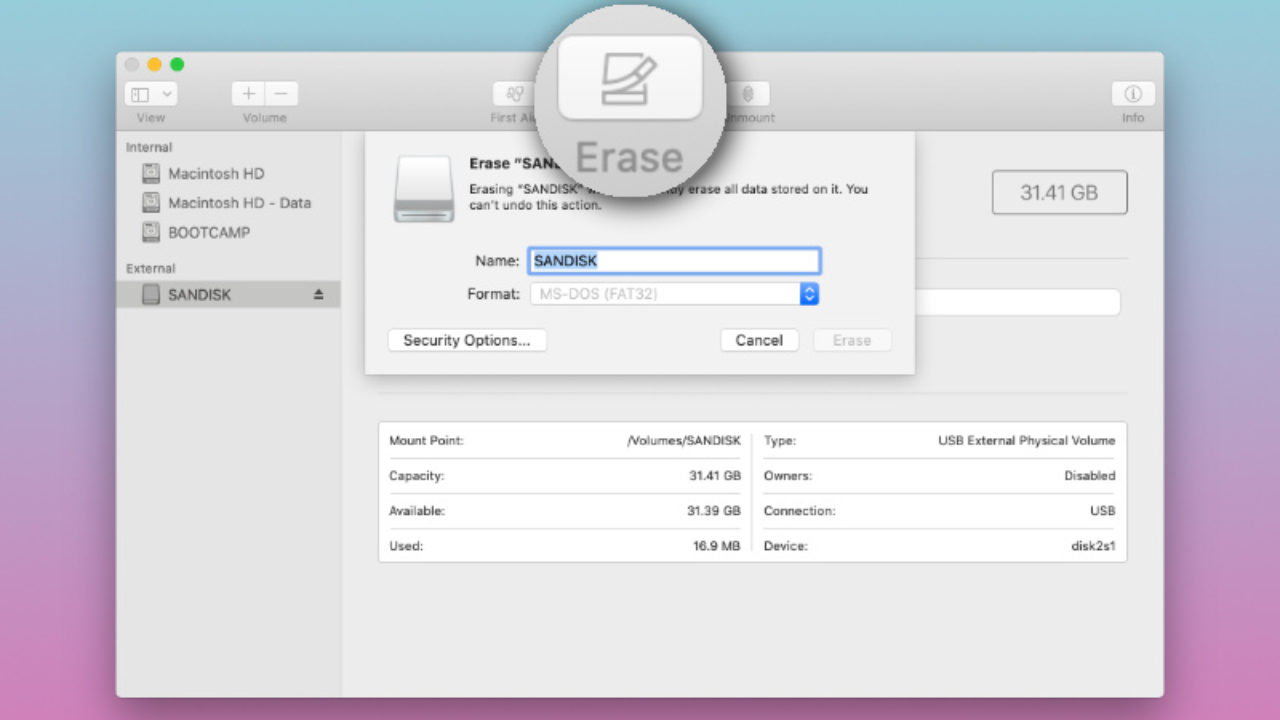

- FORMATTING HARD DRIVES FOR MAC FOR FREE
- FORMATTING HARD DRIVES FOR MAC HOW TO
- FORMATTING HARD DRIVES FOR MAC FOR MAC
- FORMATTING HARD DRIVES FOR MAC INSTALL
- FORMATTING HARD DRIVES FOR MAC SOFTWARE
If you’re daunted by the process, Tuxera NTFS for macOS is an excellent choice for simplifying reading and writing NTFS drives in macOS.Though the default hard disk file system (also known as format) of Windows and Mac are different, there should be some ways to format an external hard drive for Mac and PC. Ntfs-3g is a excellent tool for the experienced user. If you don’t see it in your desktop, open a Finder window and press Shift + Command + C to navigate to your machine’s root directory. Sudo ntfs-3g /dev/disk0s4 /Volumes/NTFS -olocal -oallow_other First, we create the mount point for the drive with the mkdir command, then we mount the drive with the ntfs-3g command. To mount the drive, you can use the following command, with the drive identifier replaced as appropriate. The /dev/ prefix is required when naming drives on the command line. In this case, the identifier of the drive in question in /dev/disk0s4. Locate that drive and find it’s identifier in the far right column.

Note the drive labelled “Microsoft Basic Data.” That’s how diskutil refers to NTFS drives. This will return a list of all the drives connected to your Mac, like the example below. Now we need to find the device identifier of the drive we want to mount.
FORMATTING HARD DRIVES FOR MAC INSTALL
To download ntfs-3g with Homebrew, use the following command: brew install ntfs-3g
FORMATTING HARD DRIVES FOR MAC HOW TO
How to Read and Write to NTFS Drive on macOS With ntfs-3g If you’re not already using Homebrew, we highly suggest that you get acquainted with it. The ntfs-3g application can either be downloaded and managed manually or with the Homebrew package manager. You’ll need to be comfortable adding new programs to the command line and working with diskutil - visit those links for a quick refresher if you’re rusty. This application extends macOS’ native read-only support for NTFS drives, adding write support.

FORMATTING HARD DRIVES FOR MAC FOR FREE
If you don’t mind monkeying around with the Terminal, you can get NTFS support on your Mac for free with the ntfs-3g command line utility. You’ll just need to pay a little bit for the privilege.ĭownload Tuxera NTFS for Mac. For ease of access, Tuxera wins hands-down. NTFS drives will appear just like HFS+ and APFS drives in Finder, and you can access and manipulate files in the same way you typically would. During the trial period, the application is fully functionally.
FORMATTING HARD DRIVES FOR MAC SOFTWARE
NTFS for Mac is commercial software built upon the ntfs-3g command line program, which we will discuss in more detail further down the page. If you don’t mind spending a couple bucks, you can get commercial software that will allow you to read and write on NTFS from macOS as seamlessly as you read and write to HFS+ and APFS drives.

To find out the format of your drive, connect it to your Mac and The Easy Way: Tuxera NTFS for Mac That means you can pull files off of an NTFS-formatted drive, but you cannot put files on to an NTFS drive without additional configuration. macOS can read NTFS drives natively, but it cannot write to those drives. In summary: macOS can read and write to FAT32 drives with no additional software, but single files are limited to 4 GB. While macOS can read NTFS drives without additional configuration, the operating system needs additional software to write to NTFS drives. This file system does not suffer the same limitations as FAT32, but macOS cannot write to NTFS drives natively. Today, most Windows hard drives are formatted with NTFS. As hard drive capacity has increase, FAT32’s popularity has decreased. FAT32 also cannot format drives larger than 2 TB without a little convincing. You can write more than 4 gigs of data to the drive, but you cannot transfer a single file that is larger than 4 gigabytes to a FAT32-formatted drive. The only limitation is that it cannot transfer single files over 4 gigabytes. Fortunately, macOS can read and write to FAT32 drives with no additional software or setup. Windows uses NTFS in most cases, but sometimes drives are formatted as FAT32 as well. The stumbling block in simple cross-compatibility between macOS and Windows is the file system. If you have a hard drive from Windows that you need to access on macOS, follow one of the routes below for accessing the file. But working with Windows hard drives still requires some setup and thought. There was a time when there was virtually no cross-compatibility between the operating systems, and files edited in Windows basically could not be transferred to the Mac. It’s much easier now than it use to be, of course. Interacting with Windows from macOS has always been a pain.


 0 kommentar(er)
0 kommentar(er)
